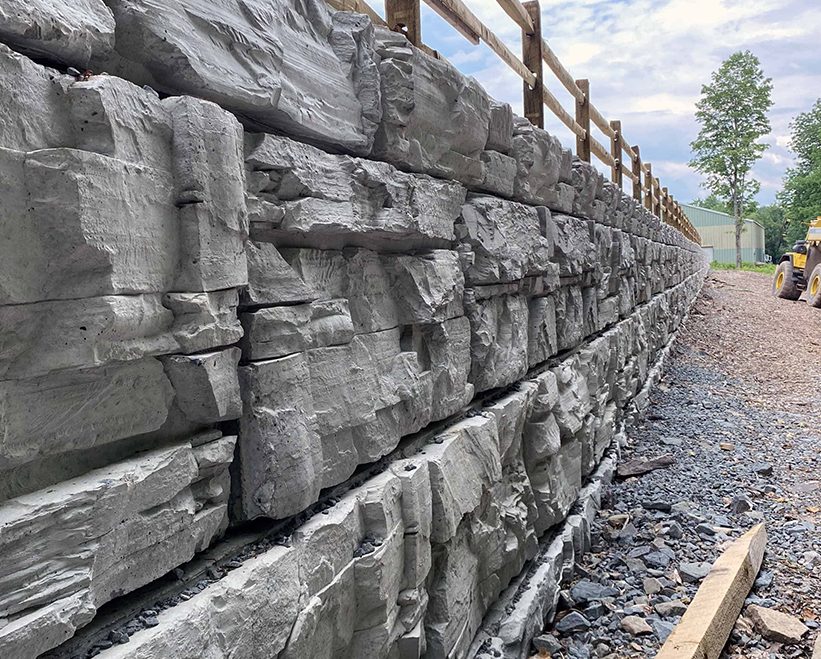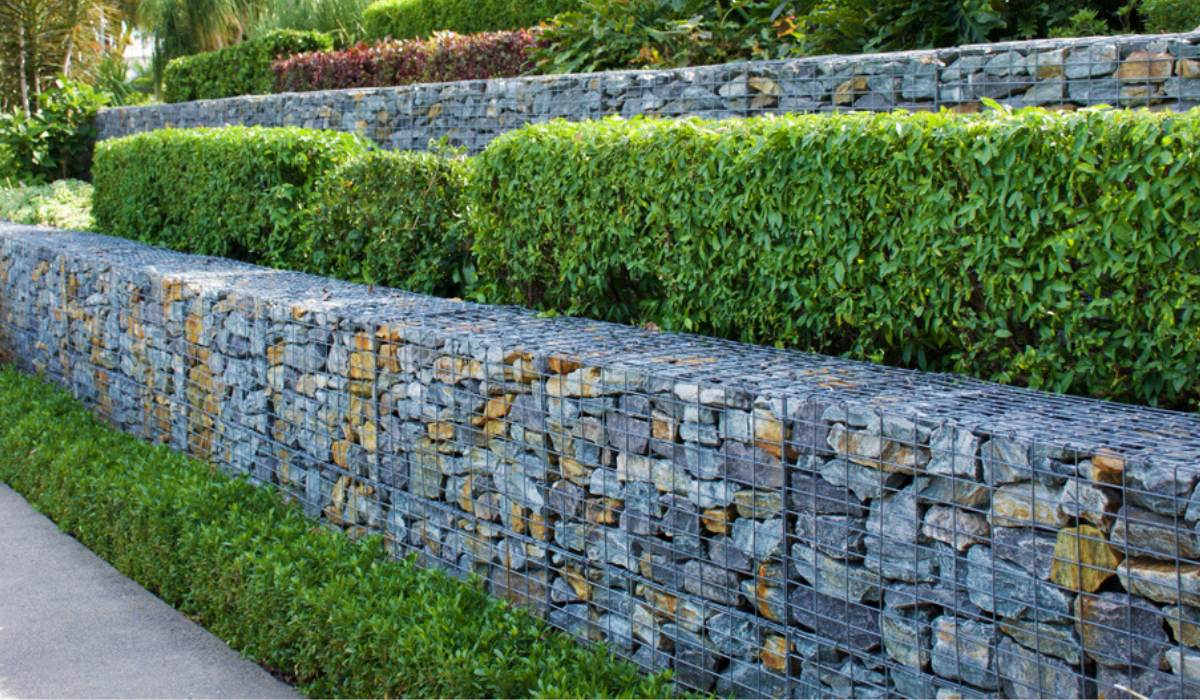
Content
Popular Types of Wood used in the Construction Industry - FLETCHERS RETAINING WALLS
Retaining walls are structures constructed to keep back soil, rock, or various other products as well as prevent them from deteriorating or falling down. They are typically used in landscape design as well as construction to develop level areas, protect against landslides, as well as provide security to sloping terrain. Retaining wall surfaces can be made from various products, such as concrete, stone, block, or wood, and also be available in various styles and designs. In this article, we will certainly talk about the advantages of keeping walls, the different types of maintaining walls, and also the elements to take into consideration when developing a retaining wall. Advantages of Keeping Wall surfaces: Keeping wall surfaces offer a number of advantages, including: Stop dirt erosion: Keeping wall surfaces keep back dirt and avoid it from deteriorating or collapsing, which can safeguard the surrounding setting and also prevent damage to property. Create level locations: Preserving wall surfaces can be used to produce level locations on sloping surface, giving additional usable area for landscape design or building and construction.
Boost landscape design: Keeping walls can add aesthetic passion and also dimension to a landscape, creating opportunities for growing or attractive attributes. Reduce maintenance: Keeping walls can help in reducing maintenance by stopping dirt disintegration and also protecting the surrounding landscape from damage. Provide stability: Keeping walls can provide stability to sloping terrain, preventing landslides or other soil movements that can be harmful or damaging. Kinds Of Keeping Walls: There are several types of keeping walls, each with its unique features and benefits. The most usual sorts of preserving wall surfaces are: Gravity Preserving Wall Surfaces: Gravity maintaining wall surfaces count on their weight as well as the weight of the material they hold back to provide stability. They are constructed from hefty products, such as concrete, stone, or brick, and are generally larger at the base than at the top to offer extra stability.
- Second, erosion can present safety concerns on steep slopes where rushing water may actually impede traffic or even destroy the land.
- A retaining wall can designate a shift of function within an outdoor feature such as a patio.
- By using a retaining wall near a border or slope, you provide leveled surfaces on inclined planes.
- Well-designed brick retaining wall can serve dual purpose – it can provide an outer shelf for plants and can also be utilized for picnic supplies or yard games.
- Such walls intensify an aesthetic appeal to the structure and its surrounding.
- Erosion is particularly concerning in areas without trees or shrubs extending their roots into the soil.
- Depending on the slope and grade of a landscape, water may pool and even flood certain areas.
- This makes retaining walls all the more important, especially if your landscape does not feature a lot of trees and shrubs to hold the soil in place.
- Regardless of materials, retaining walls achieve the result of creating terracing in a sloped area and holding soil in place.
- There are a number of benefits to having a retaining wall, ranging from reducing soil erosion to increasing your property value.
- We are a local and family-owned landscaping company offering a variety of landscape services, from new installations and complete renovations, to simple improvements.
- We have the resources, experience, and expertise to help you create and maintain your property in excellent condition.

Cantilever Retaining Walls: Cantilever preserving wall surfaces utilize a strengthened concrete slab or beam to hold back the product they sustain. They are made to move the weight of the product to a solid footing, creating a counterbalance to the product's weight. Sheet Heap Preserving Wall Surfaces: Sheet stack keeping walls use interlacing steel, concrete, or wood sheets to hold back the product they sustain. They are commonly utilized in areas with minimal room or where excavation is tough. Anchored Retaining Wall Surfaces: Secured keeping walls make use of cords or rods anchored to the product they sustain to offer additional security. They are usually used in locations with high dirt pressure or where the material being sustained is especially heavy.
View Our Retaining Wall Inspiration Gallery - RETAINING WALLS ADELAIDE
Aspects to Think About When Building a Retaining Wall: When constructing a maintaining wall, numerous aspects need to be taken into consideration to guarantee its stability and also durability. The most important variables to take into consideration include: Dirt Conditions: The dirt conditions, such as the type of dirt, wetness content, as well as soil stress, can affect the layout and also building of a retaining wall surface. The soil must be evaluated prior to construction to make sure that the keeping wall surface is built to stand up to the pressure Get the facts and also weight of the material being held back. Water drainage: Proper water drainage is necessary to protect against water from building up behind the preserving wall, which can trigger it to fail. A drain system, such as a perforated pipeline, should be mounted to allow water to stream openly away from the maintaining wall surface.

Height: The height of the preserving wall is a crucial variable to consider, as taller wall surfaces call for more considerable building and construction and additional support to stop failure. A competent designer should be sought advice from when constructing a retaining wall over 4 feet high. Material: The material used to construct the keeping wall surface can influence its security, durability, and appearance. The material should be selected based on the atmosphere, the material being held back, as well as the preferred aesthetic. Design: The style of the keeping wall must think about the surrounding setting. Protect Against Soil Erosion: One of the primary advantages of retaining wall surfaces is their capacity to stop dirt disintegration. They hold back soil as well as avoid it from wearing down or collapsing, which can safeguard the surrounding environment and prevent damage to residential or commercial property. Keeping walls also prevent water runoff from getting rid of the dirt, which can create considerable damage to the landscape. Create Usable Space: Preserving wall surfaces can produce extra usable space on sloping surface. They can be made use of to level out a sloping lawn, producing a flat area for outdoor tasks such as bbqs, outside dining, or gardening. Retaining wall surfaces can likewise be utilized to create terraced yards or to sustain an outdoor patio or deck, offering additional room for leisure as well as entertainment.